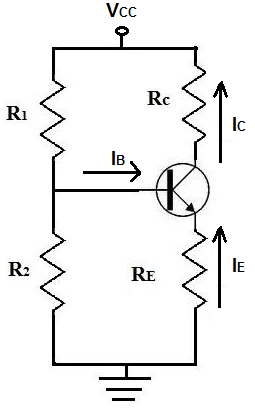What is Transistor Biasing?

Transistor biasing is the controlled amount of voltage and current that must go to a transistor for it to produce the desired amplification or switching effect.
In other words, transistors must be fed the correct or appropriate levels of voltages and/or currents to their various regions in order to function properly and amplify signals to the correct level. This controlled amount of voltage and/or currents fed to the different junctions of a transistor is transistor biasing.
Without appropriate transistor biasing, the transistor may not function at all or amplify very poorly, such as produce clipping of the signal or produce too low of gain. Therefore, it's very important that a transistor is biased correctly for it to produce the intended output effect.
For bipolar junction transistors and FET transistors, there are a plethora of different methods available to ensure
that transistors are biased correctly to produce proper amplification and/or switching.
Example of BJT Biasing

Above is an example of BJT biasing. The BJT transistor must receive the appropriate level of base current IB, collector
voltage VCC, collector current IC, and the resistance values of the resistors help to provide correct bias levels and provide
stability against variations in β that may exist from one transistor to the next. You may not understand this not, but we're going
to go over each of the methods, so you'll have a clearer idea.
Related Resources
